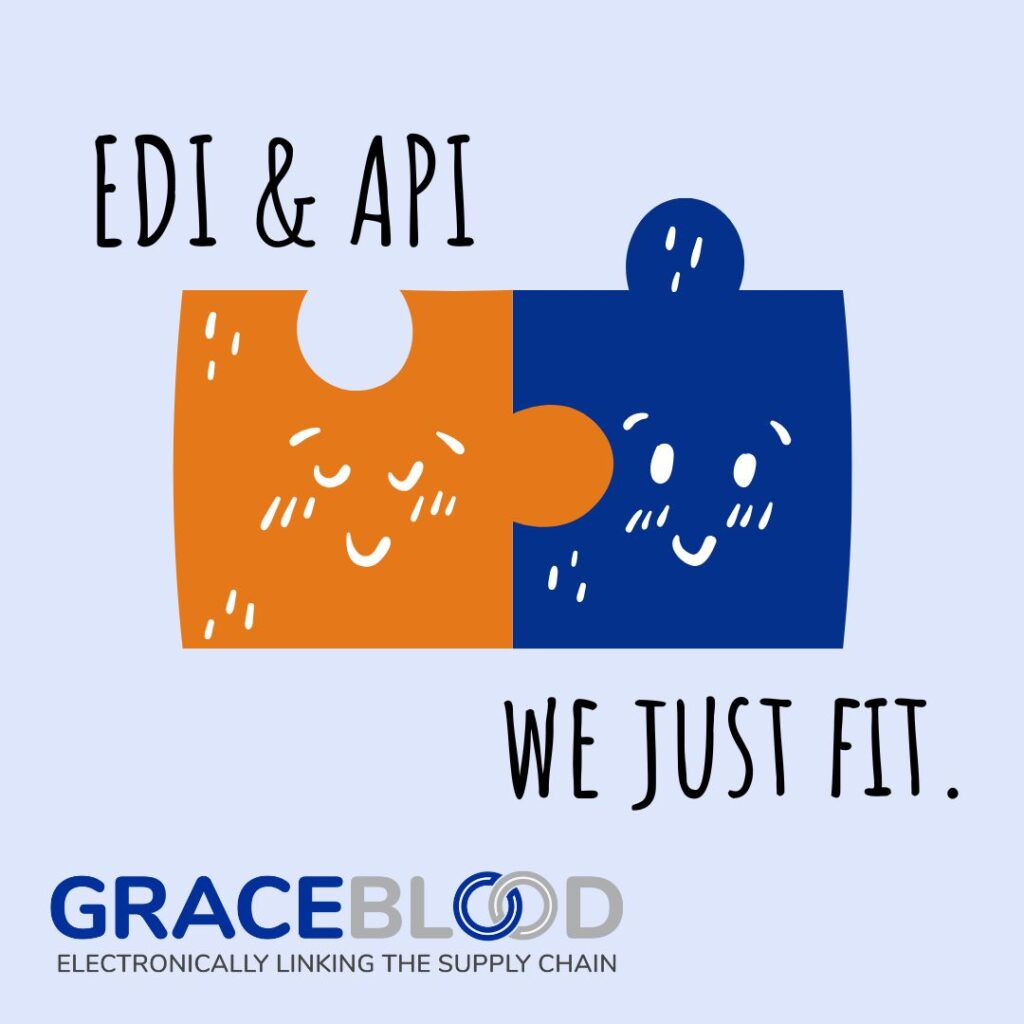
As competition becomes more and more fierce, what can suppliers do to get a leg up? Just like we should always be aware of our credit score, the same can be said for vendor scores. Do you have any idea how your business is perceived by your customers? If not, this blog is for you!
Vendor score cards measure and track supplier performance over time, determining how valuable your partnership is to your customer. The better your score, the more business you’ll secure—and the stronger your long-term relationships with retailers will be.
How are Vendor Scores Determined?
There are typically four different steps in determining a vendor score:
1. Identify Key Performance Indicators (KPIs)
Vendor scoring begins at the contract stage—or even during the RFP process. Retailers outline service level agreements (SLAs) and key expectations that suppliers must meet. According to Vendorful, the four most relevant KPIs for a vendor score card include:
- Quality of goods or services
- Vendor responsiveness and communication
- On-time procurement and delivery
- Price variance and cost control
2. Define Measurable Metrics
Now that you have the KPIs, how will you measure them? Common vendor score card metrics include:
- On-time advance shipping notices (ASNs)
- Invoice accuracy and pricing alignment
- Order fulfillment rates and backorder handling
3. Prioritize Metrics Based on Business Goals
What weight will you assign to each metric?
What is more important?
Each company will have different priorities, whether it’s responsiveness, sustainable sourcing or price variance.
4. Analyze Scores & Identify Areas for Improvement
Based on how you’re scoring with your customers, you can identify areas for improvement. You’ll also have a good idea which customer relationships are at-risk and be able to proactively make adjustments before losing their business.
How Does a Good (or Bad) Vendor Score Affect Your Business?
Once your customer has amassed information over time, you can expect many scenarios to unfold. If you are perceived as a “good” supplier, your customer may come to you for a long-term contract to lock in pricing. Or if you are a “bad” supplier, your customer may reduce your distribution down to a smaller market.
High Vendor Scores Lead to Greater Opportunities
Suppliers with strong vendor scores may receive:
- Long-term contracts to lock in pricing and ensure continued business
- Priority in product placement on retailer websites or in stores
- Larger purchase orders as retailers consolidate business with top-performing vendors
Low Vendor Scores Can Lead to Reduced Orders or Termination
A poor vendor score can have severe consequences, such as:
- Reduced distribution—a supplier that previously stocked 1,000 stores may be cut down to just 50
- Fewer contract renewals as retailers seek more reliable suppliers
- Lower revenue due to missed sales and weakened relationships
As supply chain technology gets more sophisticated, we can expect retailers to take a much more strategic approach to sourcing and procurement. Vendor score cards are just one way in which retailers are doing just that. And the retailer that reduced distribution for the “bad” supplier? They now have more money to spend on the “good” suppliers. It’s a win-win for both the retailer and the “good”’ suppliers.
The Value of Data Integrity
A vendor score card is only as reliable as the data used to calculate it. If your customer is using inaccurate or incomplete data, it can lead to unfair assessments and lost business.
How can you ensure that your customer is using good data? It goes without saying, anecdotal data does not count. Our EDI visibility platform, Syncrofy, offers human readable insight and analytics that come directly from your EDI records, giving you access to up-to-the-minute information and a single version of the truth.
Communication and collaboration are key. Communicate with your retailers easily and efficiently via the collaboration tool. If an invoice fails on the retailer side, Syncrofy will provide information on the exception and via the collaboration tool, teams can easily resolve the issue (see figure 1 below). You can view the entire lifecycle of an order, helping to eliminate gray areas and promote transparent communication.

How to Improve Your Vendor Score & Strengthen Retailer Relationships
What are the key takeaways for suppliers looking to leverage vendor scores to keep their best customers happy?
Meet or Exceed SLAs: First and foremost, ensure that you are meeting SLAs. Just because you won the contract does not mean that you can get complacent.
Monitor KPIs & Adjust as Needed: Keep track of those KPIs and communicate regularly with your customers to stay on the leaderboard.
Strengthen Customer Relationships: Other advantages to keeping a higher score can also include non-monetary incentives such as unlimited meetings with your vendor manager and category leader, such was the case with former Amazon Platinum Merchants.
These sellers of course, had Amazon sales in the 7-figure range. But for vendors in lower score categories, they might have had only one meeting per year, severely impeding opportunities to foster the relationship.
This program was replaced by Amazon a few years ago, but it clearly illustrates that higher vendor scores not only mean better relationships, more orders (and profit), but perks you may not have even considered.
Vendor Scores Can Make or Break Supplier Success
For suppliers looking to stay competitive, vendor score cards are a crucial factor in securing and maintaining strong retailer partnerships. Want to improve your vendor score? Contact us to learn more about Syncrofy and watch a short demo on how it can enhance supply chain visibility.








